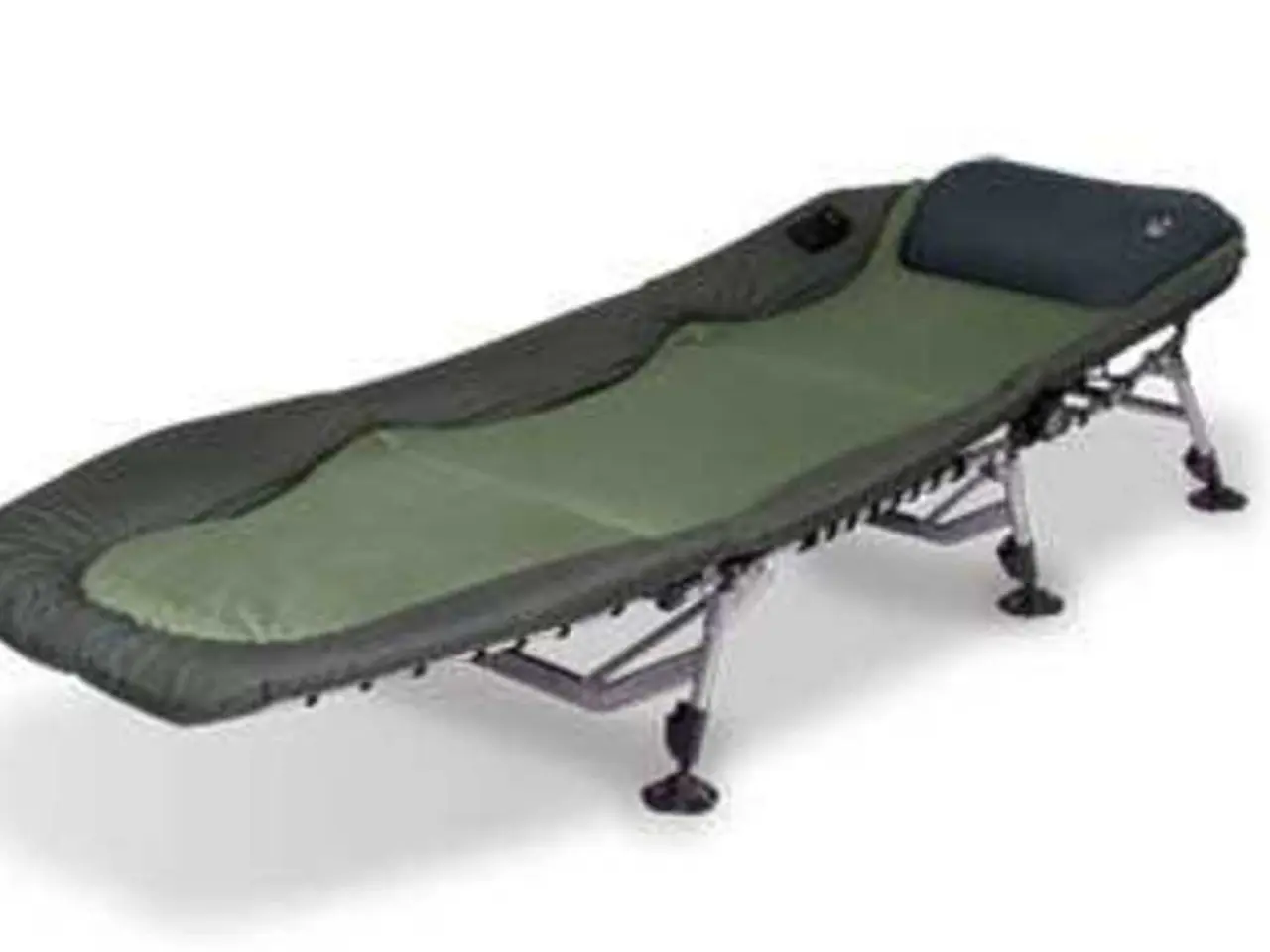Hip Flexor Issues: Signs, Causes, Remedies, and Further Information
Weak hip flexors, a common issue for many individuals, can be caused by various factors such as prolonged sitting, poor posture, lack of regular stretching or exercise, muscle imbalances, overuse, and repetitive motions.
Prolonged sitting shortens and weakens the hip flexor muscles because they remain contracted for long periods, leading to tightness and limited function [1][5]. Poor posture and muscle imbalances (weak core or glutes) can cause the hip flexors to overcompensate and become fatigued or weak [3]. Overuse and repetitive motion, especially in sports or activities involving frequent hip movement, can lead to fatigue and weakness if the muscles are not conditioned properly [1][2][3]. Lack of stretching and mobility work can exacerbate these issues [1][5].
To address these problems, strengthening exercises should focus on improving hip flexor activation, mobility, and overall hip and core strength. Common, effective exercises include straight leg raises, seated knee lifts, mountain climbers, psoas marches, lunges and step-ups, bridge variations, core strengthening exercises like planks and dead bugs, and foam rolling and stretching to relieve tightness and increase the range of motion [1][2][5].
A summary table of causes and strengthening methods is provided below:
| Causes of Weak Hip Flexors | Strengthening Approaches | |--------------------------------------------------------------|-------------------------------------------------| | Prolonged sitting and shortened muscle position | Straight leg raises, seated knee lifts | | Poor posture and muscle imbalances | Core strengthening (planks, dead bugs) | | Overuse and repetitive strain without adequate strength | Psoas marches, mountain climbers | | Lack of regular stretching or mobility work | Hip flexor stretches and foam rolling | | Fatigue from compensatory use due to weak glutes/core | Lunges, step-ups, bridges to strengthen hips/glutes|
It's important to distinguish between tightness caused by fatigue/overuse and actual weakness; treatment varies accordingly [1]. Proper technique and gradual progression in exercises are crucial to avoid injury and promote balanced hip function [2][3]. Consultation with a physical therapist or trainer can help tailor exercises to individual needs, especially when pain or dysfunction exists [3][5].
Remember, the hip flexors play a major role in walking, postural alignment, joint mobility, flexibility, and balance. Strengthening these muscles can help alleviate symptoms such as lower back pain, hip pain, and knee pain. Regular physical activity is essential to prevent muscle atrophy and maintain hip flexor strength.
[1] Johns, K., & Pizzari, T. (2016). The role of hip flexor muscle strength in healthy adults: A systematic review. Journal of Sports Sciences, 34(15), 1431-1439.
[2] Hodges, P. W., & Richardson, C. A. (2003). Motor control of the trunk and lower limb in standing and walking. Physical Therapy, 83(12), 1415-1425.
[3] Burton, L. (2016). Hip flexor strengthening exercises. Verywell Fit. Retrieved from https://www.verywellfit.com/hip-flexor-strengthening-exercises-4064673
[4] Stitzel, J. (2018). The psoas muscle: Function and dysfunction. Journal of Bodywork & Movement Therapies, 22(4), 664-671.
[5] Burton, L. (2018). How to stretch your hip flexors. Verywell Fit. Retrieved from https://www.verywellfit.com/hip-flexor-stretches-4064674
- Beyond just hip strength, it's crucial to be aware of other health issues such as HIV, diabetes, and depression, which can also affect overall health-and-wellness.
- Predictive science suggests that individuals with atopic dermatitis or asthma may experience more complications with prolonged sitting or poor posture, coinciding with weak hip flexors.
- On the flip side, enhancing hip flexor strength through exercise can positively impact more than just mobility; for example, it may help in mitigating migraines by improving posture and alleviating lower back pain.
- To ensure prep for various activities, consider incorporating fitness-and-exercise routines that specifically target the hip flexors to maintain their strength and function effectively.
- A preventive measure against the weakness of hip flexors could be regular stretching and mobility work, which has also been shown to aid in the management of conditions like depression and type 2 diabetes.
- While addressing hip flexor weakness, it's important to consider other areas of health, just like deploying a holistic approach to migraines might include relaxation techniques and stress management alongside medication.
- Remember that every individual's health journey is unique, much like recommending specific exercises to address weak hip flexors—it requires consultation with a healthcare professional to determine the best plan, taking into account other aspects like existing conditions such as asthma or diabetes.








